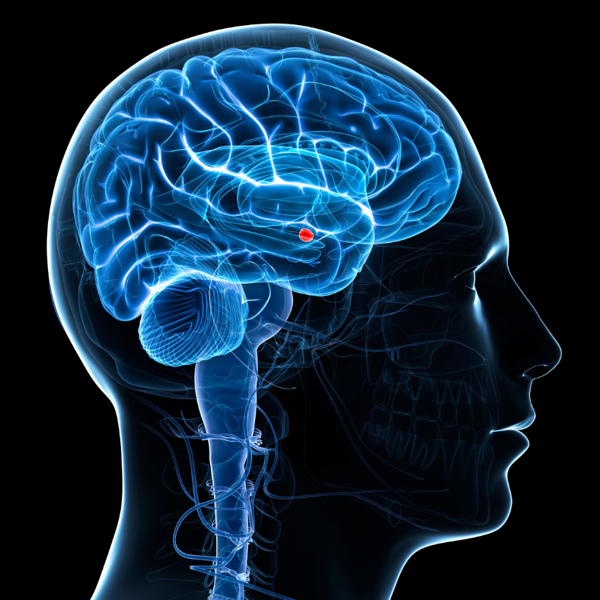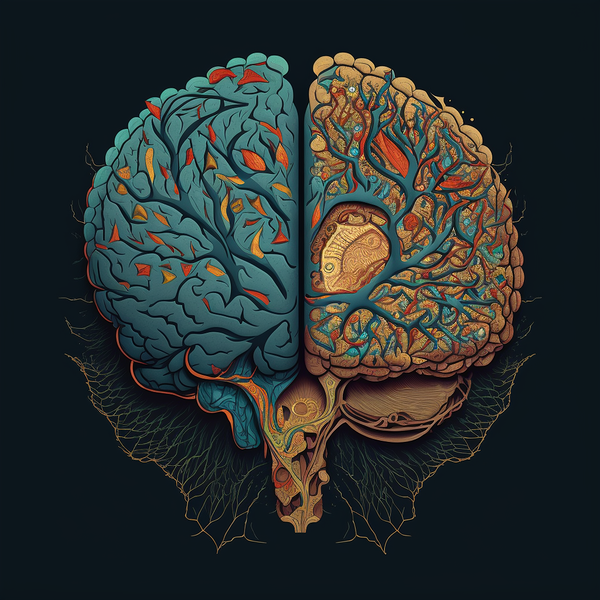The amygdala is a small, almond-shaped tiny structure located pretty much close to the brain's center. It is involved in the processing and regulation of emotions, particularly fear and anxiety. The amygdala is responsible for evaluating potential threats in the environment and triggering a stress response when necessary. In the context of anxiety attacks, the amygdala plays a critical role in perceiving a threat and activating the body's "fight or flight" response.
An amygdala hijack occurs when the amygdala perceives a threat and triggers an immediate, intense emotional response, bypassing the prefrontal cortex's rational control. Prefrontal cortex would rationally analyze, if there's actually any real threat, but when there is some emotion so strong, it bypasses it in order to react fast. This can lead to a range of physical and emotional symptoms, such as rapid heartbeat, shallow breathing, sweating, and intense fear or panic. Once the amygdala has been hijacked, it can be challenging to regain control and stop the symptoms of anxiety.
Anxiety attacks can be triggered by a range of stimuli, from specific phobias to generalised anxiety disorder. Many people unfortunately get so stressed almost about anything these days (covid, war, work, money, family, rushing everywhere etc) and you really can never predict, what the trigger might be. It takes time to "go down the rabbit hole" to find the core reason that's making it happen.
However, the amygdala is often at the core of these reactions. When the amygdala perceives a threat, it activates the sympathetic nervous system, which triggers the release of adrenaline and other stress hormones. This leads to physical symptoms like rapid heartbeat and shallow breathing, as well as emotional symptoms like fear and panic.
Understanding the role of the amygdala in anxiety attacks is essential to managing and treating the symptoms. Techniques like deep breathing and mindfulness can help manage an amygdala hijack by activating the parasympathetic nervous system, which promotes relaxation and a sense of calm. Additionally, therapies like cognitive-behavioral therapy, hypnotherapy and other therapy forms can help retrain the brain's response to perceived threats and reduce the frequency and intensity of anxiety attacks.
Overall, the amygdala is a crucial component of the brain's response to perceived threats, and an amygdala hijack can be a challenging experience. However, with the right techniques and treatments, it is possible to manage the symptoms of anxiety and regain a sense of control over one's emotions and reactions.
Over the years I have observed that many people have deep issues with self love and self-esteem and these lead often to anxiety. When on doesn't trust oneself and others, there's often lack of love and connection in life. These loneliness leads to anxiety. But it can be other reasons as well.In the end, we all want to feel loved on this planet. To achieve that, the Alchemist has her ways to show you - tricks and tips, including hypnotherapy, to overcome these negative thought patterns, avoid attacks in the future and take life to another level. Do you want to become the best version of yourself?
Contact levelup@onealchemist.com


